Tech
Musk’s Cybertruck Is Already a Production Nightmare for Tesla
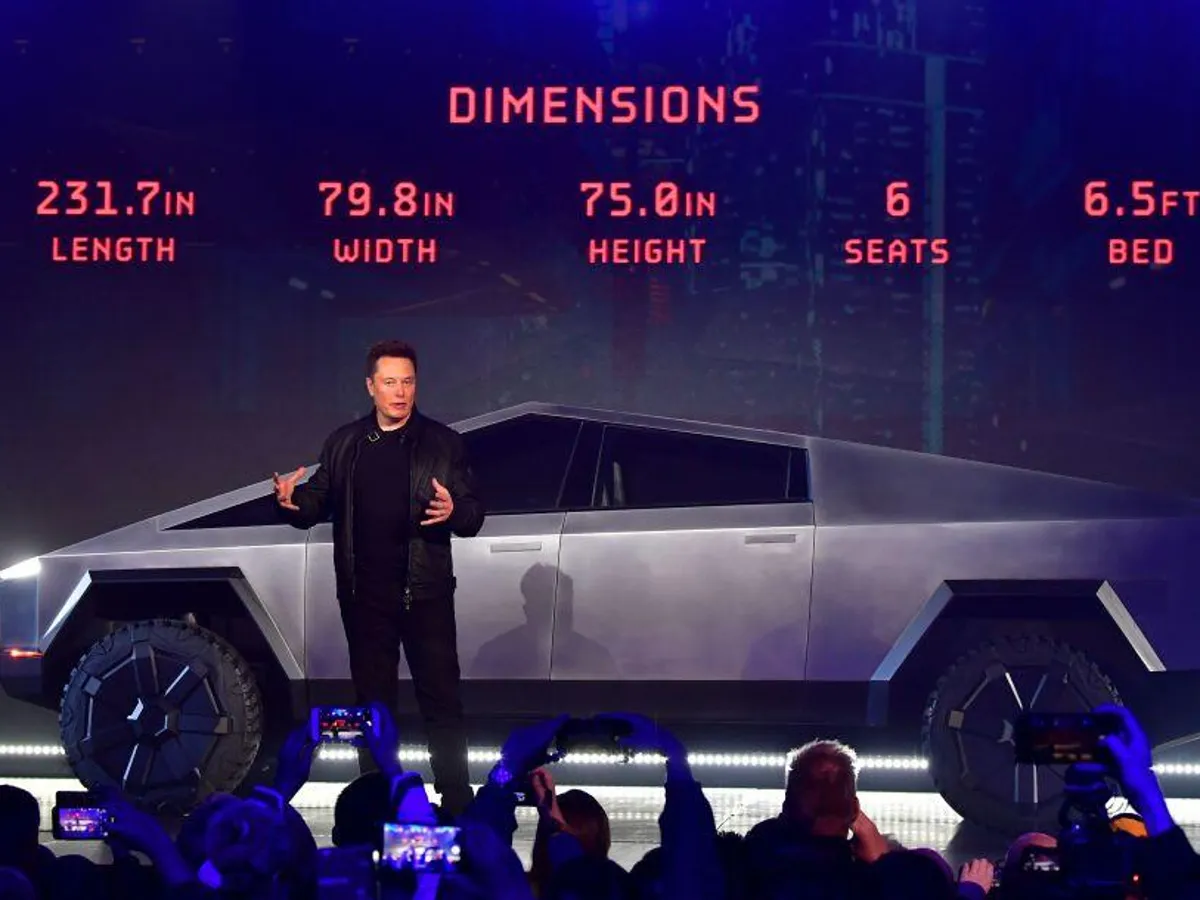
The CEO has tagged his debut pickup with some of the same phrases he used to describe the Model X, Tesla’s lowest-volume vehicle.
The Cybertruck hasn’t even hit the market yet, and Elon Musk already is lamenting that Tesla Inc. has dug its own grave.
Its stainless steel body may be able to withstand bullets and arrows, but it’s going to be a bear putting the panels together. It will be Tesla’s first high-voltage vehicle, offering the benefit of faster charging, but also potential pitfalls. And it will be Tesla’s only product dependent on in-house battery cells that are years behind schedule.
In these respects and others, the Cybertruck will be a big step backward from how Tesla has progressed in its approach to carmaking. The last vehicle Musk spoke about the way he’s described the Cybertruck was the Model X, the sport utility vehicle that’s never reached high volumes because of what its chief executive officer described on several occasions as hubris.
“Model X became kind of like a technology bandwagon of every cool thing we could imagine all at once,” Musk said of the SUV in May 2017. “That is a terrible strategy. You really want to start off simple and add things over time.”
How Tesla Has Ramped Up Sales by Model
Model Y scales fastest; Model X has been the laggard
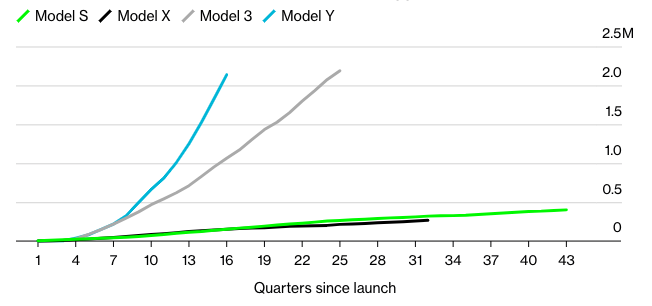
Source: BloombergNEF
Note: Shows cumulative sales since launch.
Emphasis on simplicity and designing for ease of manufacturing served Tesla well with its next product, the Model 3 sedan, and the smash-hit Model Y SUV that followed. The two were the first electric vehicles to break into the mainstream, making Tesla far and away the most valuable automaker and its CEO the world’s wealthiest man.
Musk remarked when the Model 3 was starting production in 2017 that it wouldn’t have “all sorts of bells and whistles” like the Model X, which featured double-hinged doors and floating second-row seats.
Last month, on the same earnings call where Musk referred to Tesla digging its own grave, he warned that the Cybertruck “has a lot of bells and whistles.”
Tesla may eventually overcome what its CEO has described as enormous challenges making the Cybertruck in high volumes, and without burning through cash. But Musk himself has estimated this will take 12 to 18 months of “blood, sweat and tears.” He’s also said Tesla is unlikely to reach an annualized production rate of 250,000 Cybertrucks until sometime in 2025.
Ahead of the company starting Cybertruck deliveries on Nov. 30, one analyst has gone so far as to suggest the company should cancel the vehicle, saying it probably would be positive for Tesla’s shares.
“When Elon Musk says it’s going to be hard, listen,” said Stephanie Brinley, an associate director at S&P Global Mobility.
Musk has called Model X “the Fabergé egg of cars,” referring to the rare symbols of opulence crafted using precious metals and gemstones. “Probably nothing like it will ever be made again, and maybe it shouldn’t,” he said in January 2019.
Ten months later, Musk strode onto a stage at Tesla’s design center just outside Los Angeles and told a crowd of fans that pickup trucks had all looked more or less the same over the last century. The company wanted to try something different, he said.
Minutes later, the vehicle that rolled onto the stage through smoke, strobe lights and balls of fire lived up to the CEO’s billing as something out of the sci-fi film Blade Runner. The Cybertruck’s triangular roof, angular exterior and transparent-metal glass that shattered in a botched demo instantly became the stuff of memes.

Tesla started taking deposits for the truck, marketing starting prices ranging from $39,900 to $69,900. The company initially said deliveries would begin no sooner than late 2021. Around the time it was supposed to start handing over the pickup to customers, Tesla removed Cybertruck pricing and specifications from its website and hasn’t restored them since.
Stainless Steel
A key reason it’s taken the company two more years than expected to start deliveries was the decision to clad the vehicle with an ultrahard stainless steel alloy, which Musk said his rocket company SpaceX also would use for Starship, its launch vehicle designed to someday reach Mars.
While stainless steel resists corrosion and doesn’t need to be painted, it can be costly and difficult to shape and weld together. It also tends to be heavier than steel commonly used for most car and truck bodies.
In late August — three months before Tesla’s scheduled start of deliveries — Musk wrote an email to Tesla employees that leaked to an online forum. “Due to the nature of Cybertruck, which is made of bright metal with mostly straight edges, any dimensional variation shows up like a sore thumb,” the CEO noted. He ordered all parts for the vehicle to be designed and built to sub-10 micron accuracy, or 10 millionths of a meter.
When Franz von Holzhausen, Tesla’s chief designer, showed up to a car enthusiasts’ event in Southern California early this month with a Cybertruck prototype, photos quickly surfaced showing misaligned fender flares and panel gaps wide enough to stick a finger through.
“The problems that are very evident with the Cybertruck are problems with the concept itself,” said Eric Noble, president of The CarLab, an automotive product and design consulting firm. “The market wasn’t asking for a stainless steel finish, wacky bed configuration, wacky roof line or wacky side visibility. Those are all answers to a question that the pickup truck market wasn’t asking.”
800-Volt Architecture
Tesla announced last month that it would adopt an 800-volt architecture for the Cybertruck, citing the cost savings this brings to heavy vehicles.
This will be a first for the company’s consumer vehicles, though it isn’t uncharted territory. Porsche brought an 800-volt system to market with the Taycan electric sports car in 2019. Hyundai also has offered one on the Ioniq 5, enabling the SUV to more quickly take in electricity.
While other manufacturers have pulled it off, the switch will involve some risk and expense.
“You’re changing many things — the charging infrastructure, all the way through the entire vehicle system,” Drew Baglino, Tesla’s senior vice president of powertrain and energy, said in April 2022.

“The advantages are small and the cost is high,” Musk added on the same earnings call. “Years from now, will it make sense to move to an 800-volt architecture? Probably. But it really needs a very big vehicle volume to pay for the cost of changing from 400 to 800 volts.”
4680 Cells
Another risk factor for the Cybertruck has to do with batteries.
In September 2020, Musk staged an event to tout several innovations Tesla was working on, including thicker, more voluminous cells. Baglino said at the time the company would get a 16% range boost from the new form factor alone (its 4680 batteries are 46 millimeters in diameter and 80 millimeters tall.)
Tesla has struggled to scale up 4680 battery production, which has in turn held up products including the Cybertruck and Semi. Almost a full year after hosting a delivery event related to the Semi a year ago, the company is still making the vehicle in low volumes, and only for PepsiCo Inc., its initial customer, Deutsche Bank analysts wrote in a Nov. 14 report, citing meetings with Tesla’s head of investor relations.
When asked during an earnings call last month how many Cybertruck deliveries he expected in 2024, Musk demurred.
“If you want to do something radical and innovative, and something really special like the Cybertruck, it is extremely difficult, because there’s nothing to copy,” he said. “You have to invent not just the car, but the way to make the car. So the more uncharted the territory, the less predictable the outcome.”
© Bloomberg
Business
Boeing mulls shedding Airbus work in potential Spirit Aero deal
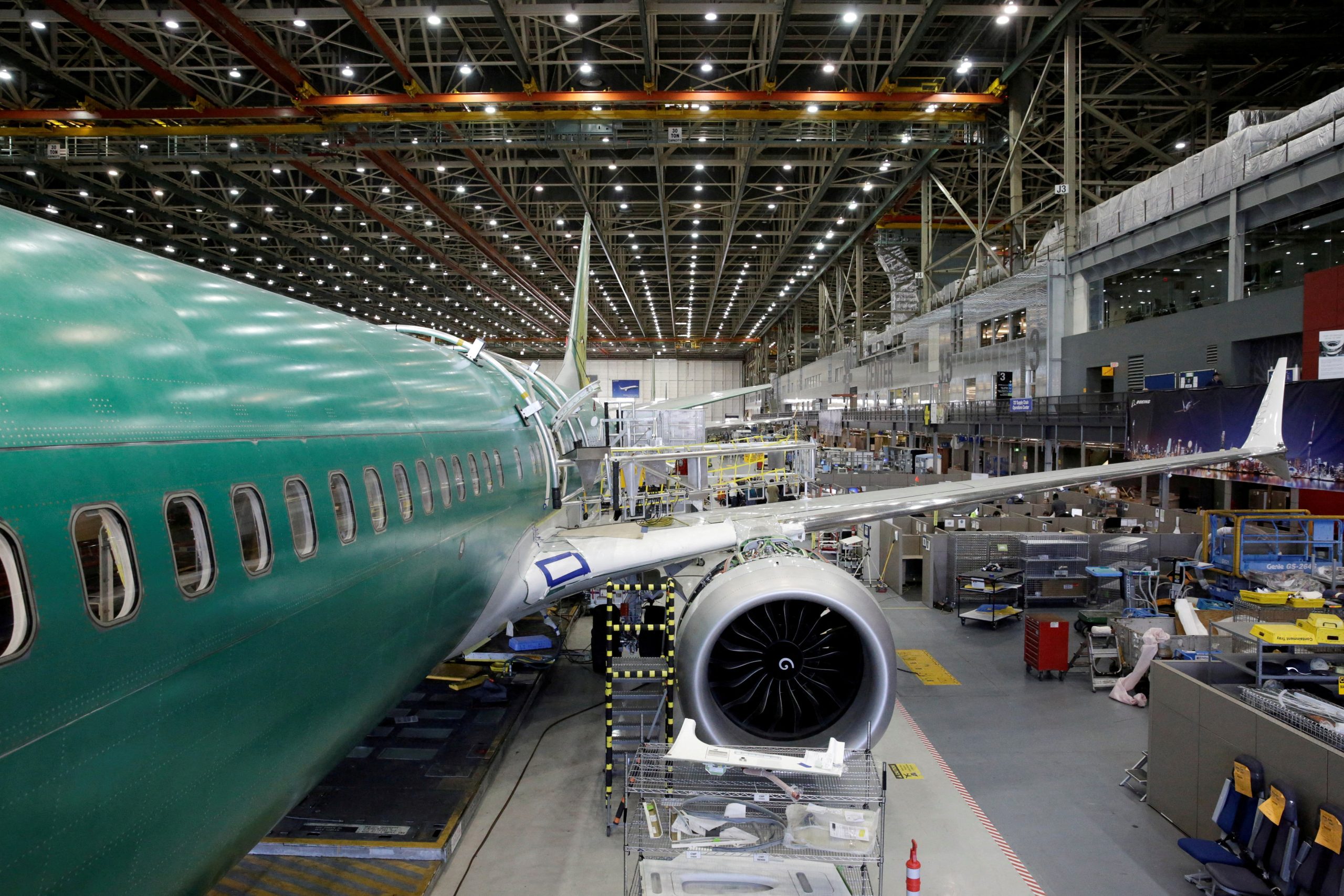
Boeing (BA.N)is looking at how Spirit AeroSystems (SPR.N) could shed or sharply reduce its ties to Airbus (AIR.PA), as the supply-chain giant’s work for the European planemaker poses complications in rival Boeing’s attempt to acquire its former subsidiary.
The U.S. planemaker is exploring offloading or redeploying specific Spirit businesses that supply key Airbus components if it reaches a deal, according to sources familiar with the matter.
Boeing (BA.N), is looking at how Spirit AeroSystems (SPR.N) could shed or sharply reduce its ties to Airbus (AIR.PA) as the supply-chain giant’s work for the European planemaker poses complications in rival Boeing’s attempt to acquire its former subsidiary.
The U.S. planemaker is exploring offloading or redeploying specific Spirit businesses that supply key Airbus components if it reaches a deal, according to sources familiar with the matter.
Boeing is also fine-tuning a defensive strategy in case European regulators take issue with Airbus relying on its main rival for key components in its supply chain, some of which are custom-made using proprietary design and technology.
The Airbus business generated a fifth of Spirit Aero’s revenue in 2023, making it sizeable enough to factor in to a potential deal, though Boeing could complete a Spirit purchase without a sale of those businesses.
However, Boeing does not want to own Spirit Aero’s Airbus business, which includes wing-making for the small A220 jet in Belfast, Northern Ireland that loses money, the sources said.
The four sources requested anonymity because the deliberations are confidential.
Spirit, which has a market value of close to $3.8 billion, has already held exploratory talks with Airbus about selling the plant, Reuters reported this month.
It is unclear how receptive Airbus might be to taking over Spirit operations. While its options to block a sale of Spirit to Boeing outright are limited, Airbus has significant lobbying power with European governments and could try to force Boeing to buy its way out of Spirit’s Airbus contracts, the sources said.
“There are very active conversations but no clear road map,” one of the sources said, adding that Airbus was studying all options.
Airbus and Boeing both declined comment.
Boeing has also been looking at whether other companies may be interested in Spirit’s Airbus business, the sources said. It was not immediately clear if any interested party has emerged.
Spirit Aero spokesman Joe Buccino said the company is committed to acting in the best interests of customers, employees and shareholders. “As commercial negotiations with Airbus continue, many options remain viable,” Buccino said, without elaborating.
PRODUCTION ISSUES
Boeing would gain more control of its production by buying back Spirit, but could have to pay large sums to buy its way out of contracts.
Spirit makes a key fuselage section and wing spars for the Airbus A350 wide-body jet at its Kinston plant in North Carolina, and wing parts for Airbus at Prestwick in Scotland.
“The Airbus A350 composite technology is sensitive because Airbus wouldn’t want a rival in charge of important pieces in their production,” aerospace analyst Richard Aboulafia said.
Spirit’s backlog at the end of the fourth quarter of 2023 was approximately $49 billion, which includes work packages on all commercial platforms in the Airbus and Boeing backlog.
According to its latest annual report, 19% of Spirit Aero’s revenue derives from Airbus projects, up from 10% in 2013.
Spirit also has been trying to secure better prices from Airbus, at a time when the European planemaker is looking for some supplier price cuts.
Without better prices, Spirit could lose more than $400 million annually while supplying Airbus with parts for its A220 and A350 aircraft in the coming years, TD Cowen analysts said.
“We don’t see a Boeing-Spirit deal until Spirit’s pricing issue on the A220 has been sorted out and there is clarity on what happens to the rest of the Airbus work,” they wrote earlier this month.
© Reuters
Business
Aston Martin delays first electric car as losses narrow
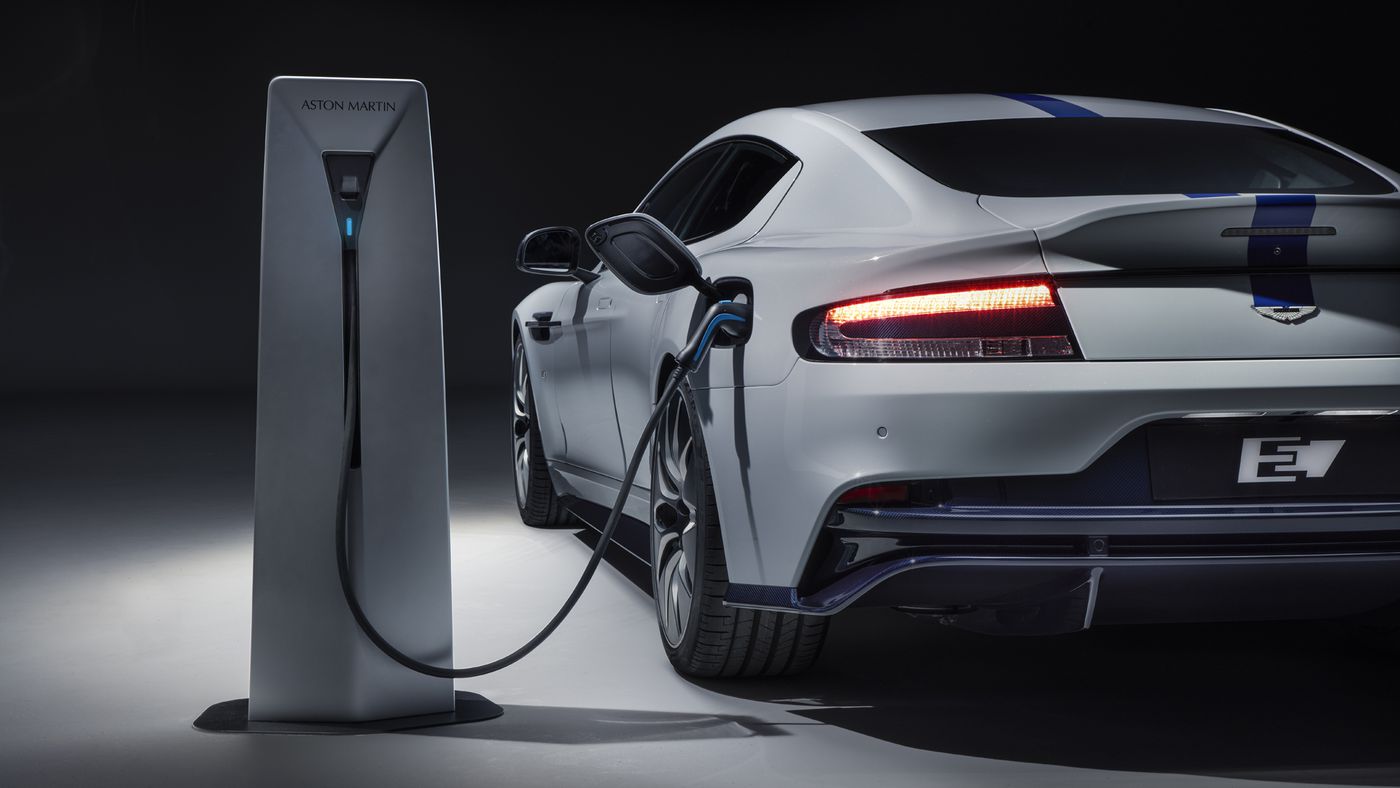
Aston Martin (AML.L) is delaying the launch of its first electric car because of a lack of consumer demand, it said on Wednesday, as record prices for its luxury and special edition models helped the British carmaker shrink annual losses.
Aston Martin is now targeting the launch of its battery electric vehicle (BEV) in 2026, a year later than planned – becoming the latest automaker to push back electrification goals as investment in capacity and technology has outpaced EV demand.
“The consumer demand (for BEVs), certainly at an Aston Martin price point, is not what we thought it was going to be two years ago,” Executive Chairman Lawrence Stroll told journalists.
Stroll said there was “much more driven demand” for plug-in hybrid vehicles, especially for a company like Aston Martin, as people “want some electrification … but (to) still have the sports car smell and feel and noise”.
Aston Martin’s first hybrid supercar, Valhalla, is on course to enter production this year.
The company’s annual pretax losses more than halved in 2023, coming in smaller than market expectations, after selling prices reached record levels as it delivered its Valkyrie models and other special edition cars.
Mercedes-Benz earlier this month delayed its electrification goal by five years and assured investors it would keep sprucing up its combustion engine models.
Last June, Aston Martin signed a supply agreement with Saudi Arabia-backed Lucid Group (LCID.O), to bolster its electrification strategy.
Stroll, who played down concerns about competition from Chinese EV maker BYD , added he was happy with the battery technology and platforms available to the company.
PIVOT
Fictional secret agent James Bond’s car brand of choice, Aston Martin has had a tough time since its market debut in 2018.
However, top shareholder Stroll has been trying to bolster its cash and margins by rolling out next-generation sports cars – the latest of which was the new Vantage sports model unveiled this month.
The carmaker’s shares were down 2% at 1047 GMT as investors fretted about its cash flow and volumes.
Aston Martin had hoped to turn free cash flow positive in the fourth quarter, but was hit by the timing of deliveries of its DB12 and Valour models.
It now expects positive cash generation in the second half of this year.
“Aston Martin is pumping reams of cash into marketing in a bid to help position itself at the ultra-luxury end of the spectrum. This pivot was never going to come cheap,” said Hargreaves analyst Sophie Lund-Yates.
Aston Martin reported an adjusted pretax loss of 171.8 million pounds ($217.4 million) for the year ended Dec. 31, compared with a 451 million pounds loss a year earlier.
Analysts, on average, expected a loss of 209 million pounds, according to a company-compiled consensus.
The company kept its near- and medium-term forecasts unchanged.
© Reuters
Business
Meta CEO Zuckerberg meets Japan PM Kishida in Tokyo to discuss AI
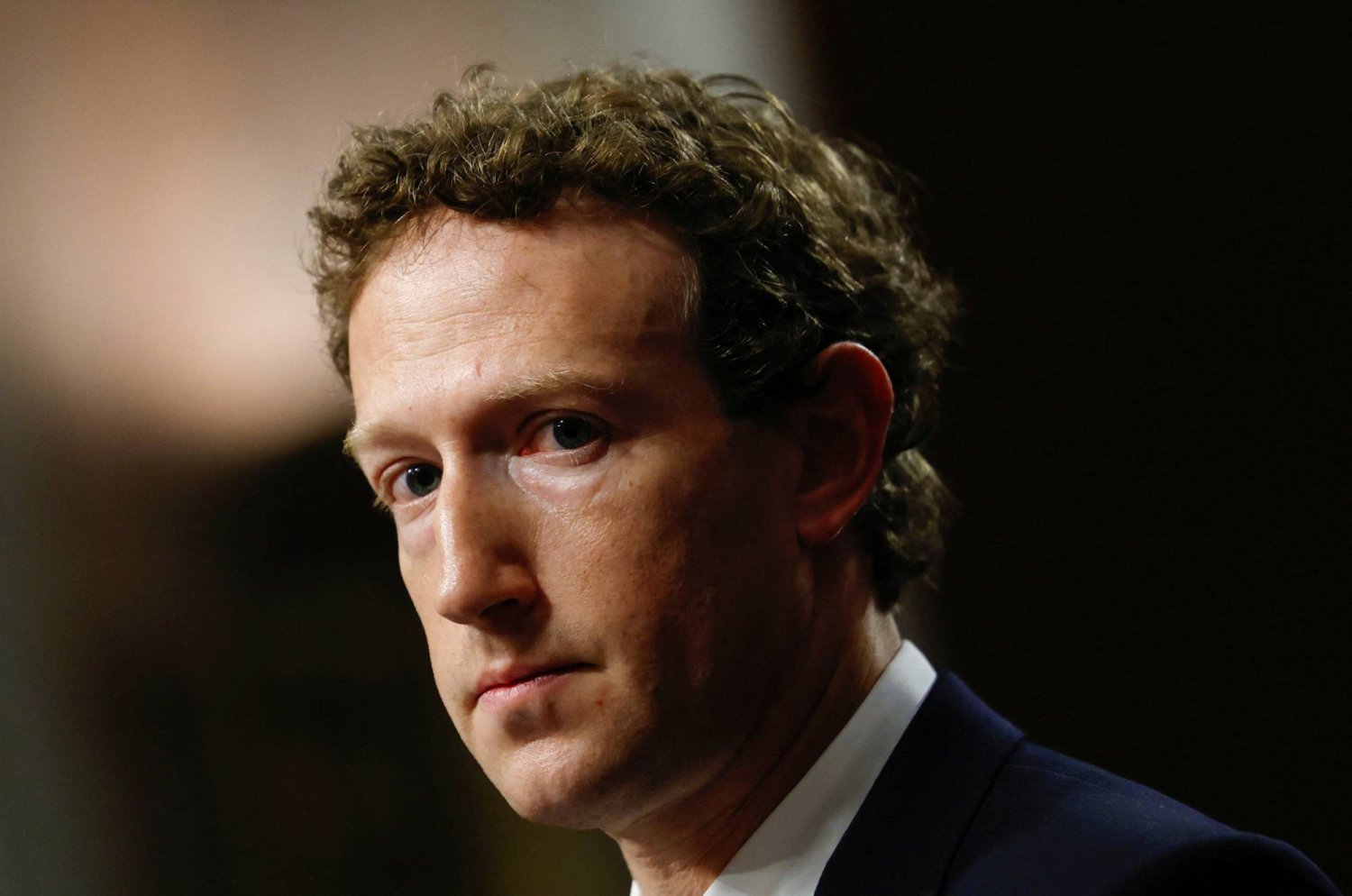
Meta Platforms (META.O) Chief Executive Mark Zuckerberg discussed artificial intelligence issues with Japanese Prime Minister Fumio Kishida on Tuesday during the Facebook founder’s trip through Asia.
“We had a good, productive conversation about AI and the future of technology,” Zuckerberg said in brief comments to reporters at the prime minister’s residence in Tokyo. He left without taking questions.
The meeting followed reports that Zuckerberg would visit South Korea at the end of this month to discuss AI with Samsung Electronics (005930.KS) chairman, Jay Y. Lee, and possibly meet South Korean President Yoon Suk Yeol.
Meta, the operator of Facebook, last week confirmed Zuckerberg was planning to visit South Korea.
Japan’s government and corporate sector are racing to catch up in AI development. In the past year, Kishida has met with OpenAI CEO Sam Altman and Nvidia (NVDA.O) CEO Jensen Huang to discuss AI regulation and infrastructure.
© Reuters
Business
Vodacom has been ordered to pay Please Call Me idea-man R29 billion — minimum
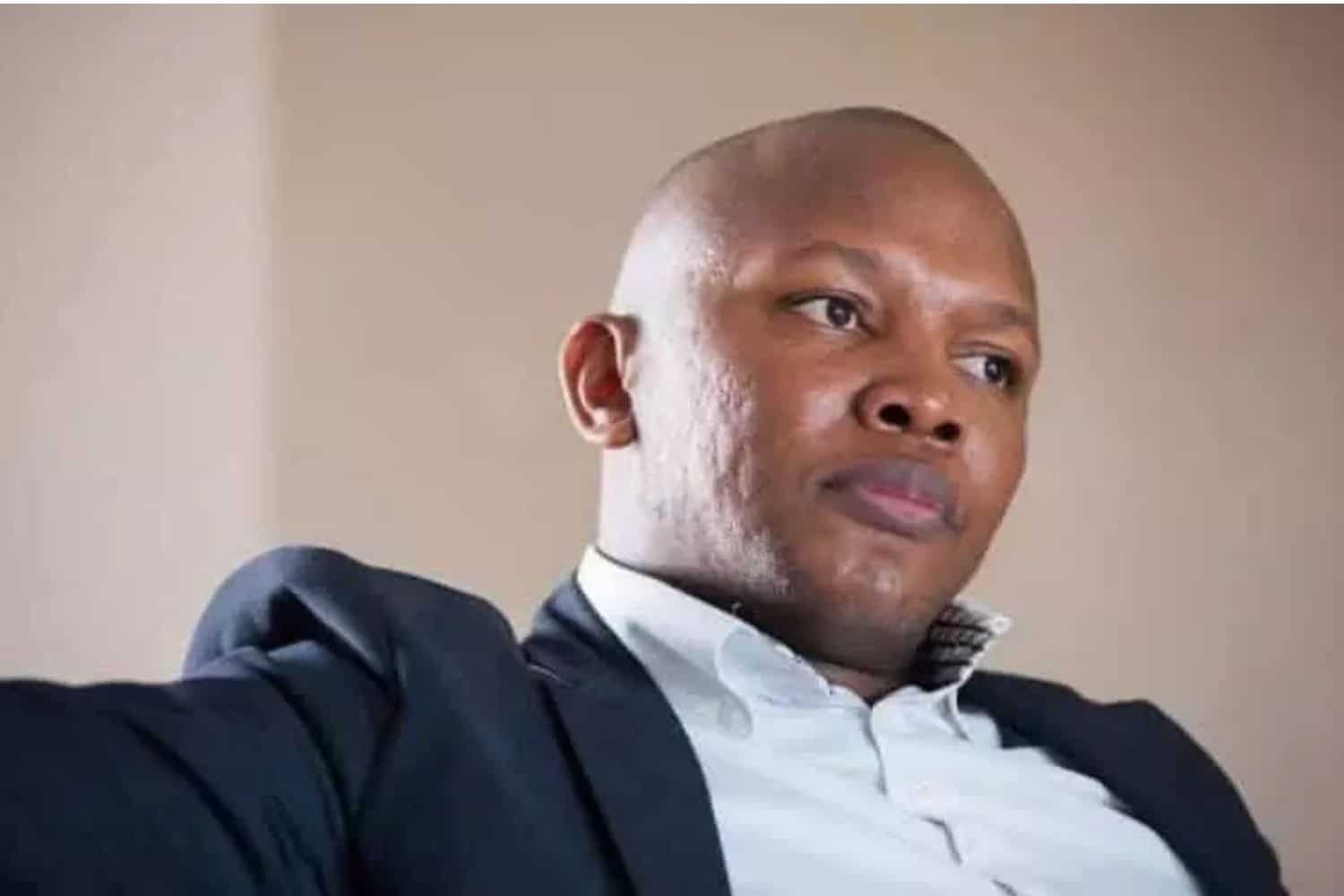
South Africa’s Supreme Court of Appeal has ordered Vodacom to pay Kenneth Nkosana Makate a minimum of R29 billion for his Please Call Me idea.
Court documents, which MyBroadband has seen, show that the Supreme Court has essentially ordered Vodacom to pay Makate between R28.99 billion and R55.37 billion.
This is much higher than previous assumptions that were based on Makate’s earlier statements and High Court filings.
The exact wording of the Supreme Court ruling was as follows:
“The applicant is entitled to be paid 5%–7.5% of the total revenue of the [Please Call Me] product from March 2001 to date of judgment by the Second Respondent, together with the Mora Interest thereon, alternatively interest in terms of Section 2A(5) of the Prescribed Rate of Interest Act,” the order stated.
It continued: “…the total revenue of the PCM product shall be that set out in Model 9A, 9B & 9BB submitted to the First Respondent by the Applicant (Annexure ‘NM30’–‘NM32’ to the Supplementary Founding Affidavit)”.
MyBroadband obtained these annexures and summarised the compensation Makate’s models arrived at.
Models 9B and 9BB were pretty straightforward as the final compensation based on 5%, 7.5%, and 15% revenue share were tabulated according to Mora Interest, compound interest, and Special Interest.
These models make certain assumptions about the number of Please Call Me messages sent over 18 years, their success rate, the average call duration, and the average call revenue.
The models then arrive at a total call revenue generated by Please Call Me of R194.8 billion over 18 years.
Model 9A was trickier to analyse as it assumed 15% revenue share and didn’t break down the final compensation by Mora Interest and Special Interest.
However, it provided a sub-total of estimated call revenue generated by Call Me messages that was close to Model 9B/9BB — R196.84 billion.
It then adds Please Call Me advertising revenue, “Recharge Me” revenue, and an additional estimate of how much it generated outside South Africa.
Under Model 9A, the total Please Call Me revenue comes to R273.39 billion. 5% of this came close to the 7.5% revenue share amounts in Model 9B/9BB, allowing us to expand our analysis using amounts already accepted by the Court.
The table below summarises how much the Supreme Court effectively ordered Vodacom to pay in its ruling handed down on 6 February 2024.
Vodacom has said it will challenge the Supreme Court’s ruling in the Constitutional Court.
Compensation / Revenue share Model 9A Model 9A
(call revenue only)Model 9B/9BB 5% revenue share with Mora Interest ~R43 billion ~R30 billion R28.99 billion 5% revenue share with Special Interest ~R55 billion ~R37 billion R36.91 billion 7.5% revenue share with Mora Interest N/A
(Over R55 billion)~R44 billion R43.48 billion 7.5% revenue share with Special Interest N/A
(Over R55 billion)R55+ billion R55.37 billion The amounts above are based on those provided by Makate’s legal team and accepted by the Supreme Court.
© My Broadband










You must be logged in to post a comment Login